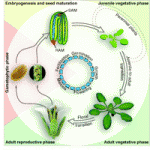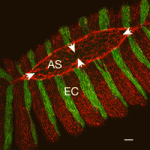An Interview with Janet Rossant
Posted by Natascha Bushati, on 13 September 2011
I arranged to talk to Professor Janet Rossant after her talk at The EMBO Meeting here in Vienna. Janet is Chief of Research at The Hospital for Sick Children in Toronto, besides being a University Professor at the University of Toronto. Throughout her career she has been and still is making major contributions to the understanding of early development of the mouse embryo.
During the interview I took the opportunity to ask her about her career, her thoughts on the future of developmental biology and for some advice for young scientists. I hope you enjoy reading it as much as I did talking to Janet!
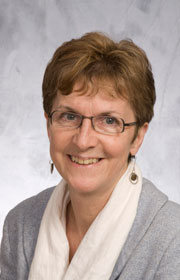 Why did you become a developmental biologist?
Why did you become a developmental biologist?
When I was an undergraduate many years ago in Oxford, I was taught by John Gurdon. John Gurdon is one of the world’s famous developmental biologists, still active and he did all the early work on Xenopus embryos, nuclear transfer embryos. He really got me excited about this idea of how it is that a single cell develops into a whole organism, and how you can begin to manipulate embryos, understand particularly the early stages. So I found that really exciting.
After I finished my undergraduate degree I thought I’d do research. So I talked to John, who suggested that I might talk to Chris Graham, who had started to do the same things in mouse embryos. Chris sent me to Richard Gardner, who was starting to make mouse chimeras, and I switched into mouse. I’m still interested in the fundamental question how the embryo develops, using the mouse system. And I must say that in the time – I switched to the mouse system in the late 70s, because I thought the Xenopus system was passé! Well, I was right about the mouse being an important system, but I was wrong about Xenopus, I apologise. I’ve stuck with the mouse ever since. Occasionally we’ve played a little with fish and various other organisms, and now of course we’re doing some stuff with human embryonic stem cells. Really that’s a direction we’re moving into, taking mouse development and trying to understand human development.
You’ve been involved in the public debate on the ethics of stem cell research and studying human development in Canada. What role did you have there and did you enjoy doing it?
Well, yes and no. There have been some very educational parts of that. As the human stem cell debate started to rage it became very clear to me that as developmental biologists and stem cell biologists we had to get involved. You can’t sit back and let the right wing politicians and lobby groups try to succeed.
I got involved through the CIHR, the funding agency for health research. They set up a panel to look at guidelines for human embryonic stem cell research, and I chaired that. So that would have been my first entree. With that we also had to appear before parliament and parliamentary committees. I’ve done quite a lot of public lectures in this area, to try to put forward the science, without necessarily getting into the ethical debate. At the end of the day, when people believe that a human embryo from the time of conception is worthy of all protection, you cannot argue against that. All I can argue is that we are in a situation where human embryos through IVF programmes are discarded, and isn’t it more ethically acceptable to use those discarded embryos to help save human lives in the future? I think that’s, the overall societal consensus pretty well worldwide and most people actually believe that that’s a doable thing.
You do have to educate people, and of course there are extreme groups who will not change their mind, but society can’t respond to extreme groups. Society as a whole has to come up with a consensus and we need public debate, and we need forums in which to do that. So I think it’s very important for scientists to get involved. Nowadays the CIHR guidelines exist, we have a regulatory environment, and human embryonic stem cell research is certainly proceeding in Canada. We also can undertake some forms of human embryo research, again with all the right conditions and approvals, unlike the States, where with federal funding you can work with existing cells, but you cannot use embryos or make new cells. In Canada we can, if approved, so it is a big advantage.
You’re British, but you ended up in Canada. Why, and have you ever considered coming back?
It’s simple, I married a Canadian. But it’s turned out to be very good; I’m still married to him, and I really enjoy having a career in Canada, it’s been great. I certainly looked occasionally and I obviously have a lot of colleagues and family still in the UK, associations I’d like to keep up. I don’t think at this stage I’m likely to move back in any major scientific role, but never say never, we’ll see!
What were the most exciting moments during your career?
First of all, we were very early involved in doing knockout mice. Oliver Smithies and Mario Capecchi had just shown that homologous recombination was possible in ES cells. My colleague Alex Joyner and myself knew that if we wanted to study genetics in the mouse, we needed to be able to knock out genes. So we got really excited, and she and I together worked on making our first knock out. Getting the first PCR to see that we had actually knocked out the gene was very exciting. It was Engrailed-2, a homeobox gene that Alex had worked on. In retrospect, we were lucky because the frequency we got was quite high – Alex had a postdoc working for months after that to knock out Engrailed-1, who could not do that at all! It turned out to be because there were some genetic variations between the clones, so eventually it worked. So we were very lucky. At the time it was so exciting, you could give a seminar and say you’ve managed to make a knock out and they’d be falling out the door and try to find out how you did it.
The other one was whole-mount in situ hybridisation in embryos. Today everyone knows all the beautiful pictures, we can do movies, we can do everything. But being able to actually see patterns of gene expression in embryos, as opposed to even sectioned materials, where it’s hard to reconstruct the complexity of the embryo, was fascinating. People had done whole-mount in situs in Drosophila, but in the mammalian system, we were having a lot of trouble. One of my postdocs worked very hard to get whole-mount in situs working in the mouse embryo – everybody does it with Brachyury first because it’s so easy to see, but we cranked it up to see other genes.
I remember Siew-Lan Ang, who was working at the time on looking for novel orthologues of Drosophila genes. She cloned Otx2, an orthologue of Orthodenticle, involved in anterior function in the fly. She took me to the microscope one day, and said, “What do you think of that?” I looked down the microscope and there was a late gastrula, early neural fold embryo in the mouse where you can’t really see anything, it all looks the same and there it was, front to end Otx2 positive, a strict boundary, nothing behind, amazing. Those kinds of things, they really grab you.
What advice do you give to your students and postdocs today?
First of all, you have to follow your passion, because at the end of the day you have to be grabbed by a question and by your research if you really want to drive it through. If the passion isn’t there, then you’re probably not in the right game.
Secondly, I think today life is complicated, and there are so many opportunities. So I really encourage people to think about the different kinds of tools that one can apply to a question. Try to combine, as we’ve heard it in these talks today, precision of looking at a question, or a stage, or a process with some of the tools of systems biology to try to get out an integrated model. I think that to me is the biggest challenge, whether it’s in the embryo, in stem cells or anywhere else. You don’t even always have to do the data yourself, there’s a lot of in silico data out there that you can capture.
Where do you think developmental biology as a field is heading?
It’s a mature field, interestingly. You see that at meetings. We certainly don’t have all the details, but we do have a good fundamental understanding of how to put a fly embryo together, a mouse embryo, a frog embryo. We do know the main players, and when I look back, we didn’t! Hox genes were cloned; nobody knew they were going to be conserved across evolution, and nobody believed they were really doing the same things if they were conserved. It’s hard to put your brain back at that time. Conservation of function across development has opened up our ability to look at the systems, and the similarities and the differences have really been worked out.
So I think that we are getting into the details of developmental pathways. It’s going to go in the systems approach, it’s going to go down into the cell biology – how cells are behaving in embryos. The area we’ve been trying to move into is to use it perhaps more directly in a translational sense. To me, the exciting things around embryonic stem cells and iPS cells is trying to combine developmental biology to drive embryonic stem cells to look at human development and model disease. And I really start to think can we use that for new drugs and new therapies.
So, developmental biology, as ever, sits in a very interesting convergence area, where you can move into many different directions. My personal direction is two-fold: Get into the details of that blastocyst, and the other is to move towards human development and disease.
But developmental biology still is fundamentally interesting. The other thing that people do, and I don’t really recommend my people to do it, is of course Evo-Devo – it’s fascinating, but it cannot easily get funded. Unless you’re a Howard Hughes investigator, it’s very hard. If that’s what people care about and want to do, that’s fine. I think it’s very important and exciting, but in the broadest sense it’s hard if you want to get forward, since it’s hard to get funded.
What were the biggest challenges you had to face during your career, and how did you deal with them?
When I started in Canada in 1977, there were not many jobs anywhere at the time, since a lot of the universities in the UK, US and in Canada had done a big expansion in the 1960s, so all those professors were sitting in their positions. I ended up at a small university, Brock University, teaching biology and doing research. So the biggest challenge I had was to go from Oxford and Cambridge to a small university in a country I didn’t know, trying to make contacts and all the rest of it.
The way I took on that challenge was to stick at it and to network, network, network! So I went out from Brock and I found people to collaborate with. I did a lot of collaborations with Verne Chapman in Buffalo and I collaborated with people in Toronto, so that’s how I ended up in Toronto. You can’t sit and feel sorry for yourself, you have to go out and do something about it. In those days I had to actually get in the car and drive around, these days you’d probably skype with people all over the world and stay in your lab. But actually, I think it can’t work exclusively that way, you still need that personal contact.
If you weren’t a scientist, what would you like to do?
I don’t ask myself that so much anymore, because I’m getting to the end of my career. So if I’d lost all my grants now I could just stop doing anything. But in the middle of your career, when things are looking rough, you ask yourself, “What would I do?” – I honestly don’t know. I certainly enjoyed teaching when I was at Brock; this is again a piece of advice to researchers, do some teaching! It’s awfully good practice for learning how to give talks and communication, because it’s all about communication.
However, I did get a bit tired of teaching first-year biology and sit on the exams and all that. So I’m not sure I’d have the patience to do that forever. I like to cook, but starting a restaurant – forget that! Maybe I could have a small catering company. I also do quite a lot of administration, since I run a big research institute, so I always got involved in science policy and science administration. So I guess fallback, that’s what I would end up doing. But at the end of the day, although I actually enjoy that, I can’t leave the research behind, it has to be part of the equation.
What would we be surprised to know about you?
That I like watching Top Gear!


 (13 votes)
(13 votes) (No Ratings Yet)
(No Ratings Yet)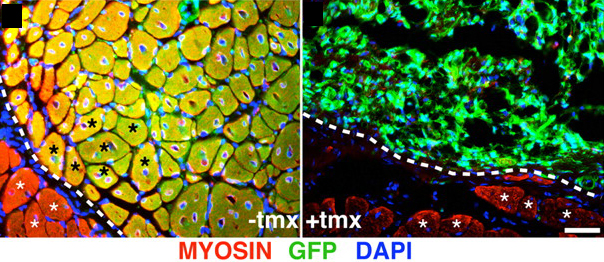
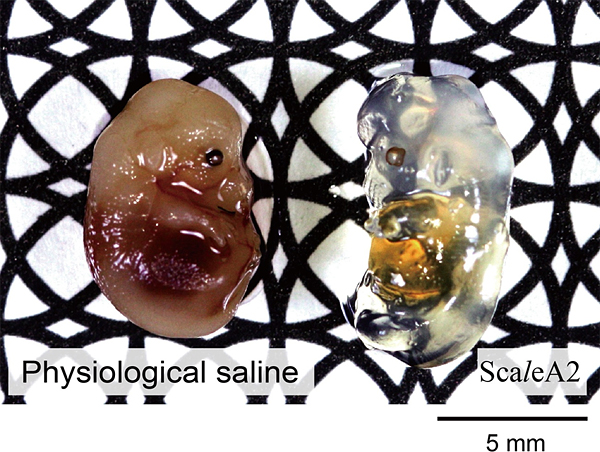


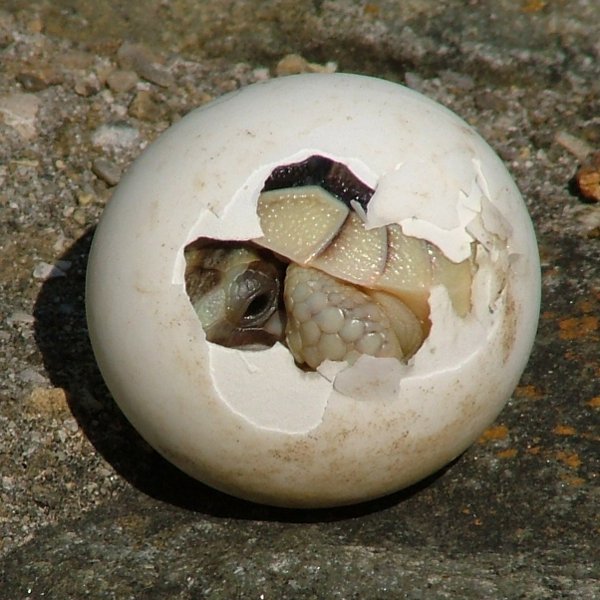
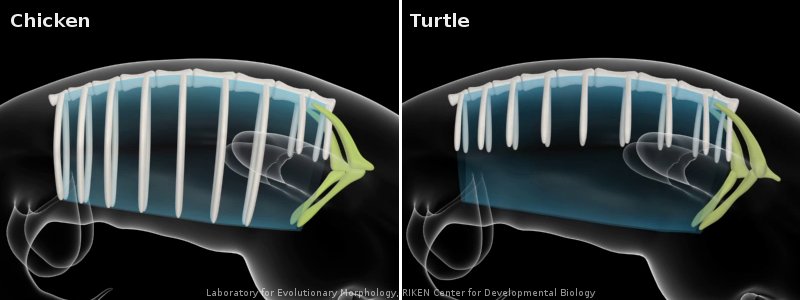
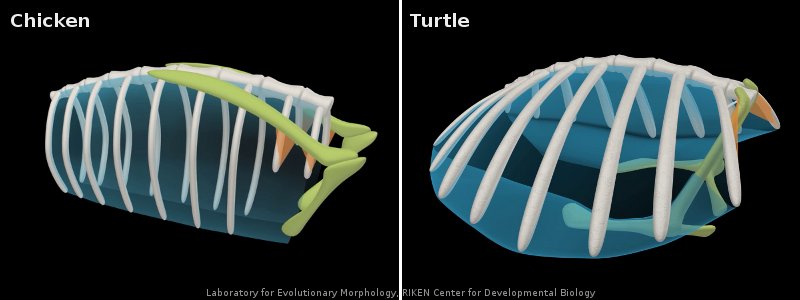
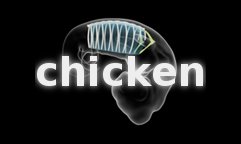
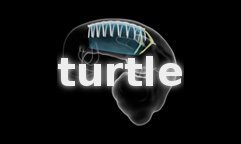
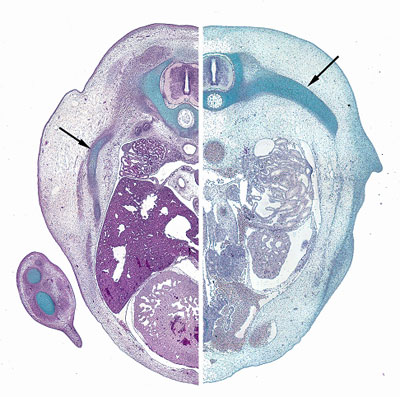
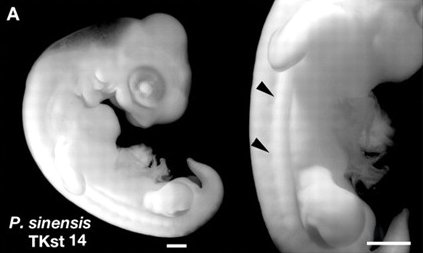
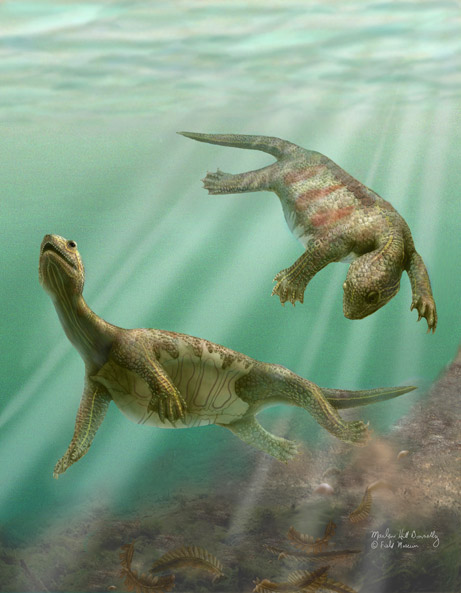
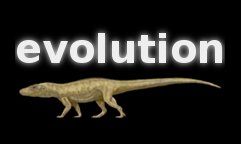

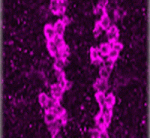
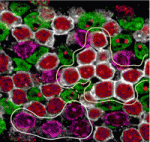
 Secreted frizzled-related proteins (Sfrps) are classified as Wnt antagonists, but recent studies have shown that some Sfrps can positively modulate Wnt signalling. Is this a general property of all Sfrps and, if so, how do Sfrps regulate Wnt signalling? Here, Paola Bovolenta and colleagues (see
Secreted frizzled-related proteins (Sfrps) are classified as Wnt antagonists, but recent studies have shown that some Sfrps can positively modulate Wnt signalling. Is this a general property of all Sfrps and, if so, how do Sfrps regulate Wnt signalling? Here, Paola Bovolenta and colleagues (see 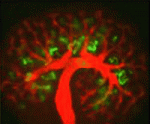 The kidney comprises functional units known as nephrons, which are made up of specialised epithelial cells. During development, each nephron arises from a pool of stem cells that undergo mesenchymal-to-epithelial transition (MET) in response to signals such as Wnt4 and Wnt9b. Here, Raphael Kopan and co-workers show that Notch pathway activation can replace inductive Wnt signals during this process (see
The kidney comprises functional units known as nephrons, which are made up of specialised epithelial cells. During development, each nephron arises from a pool of stem cells that undergo mesenchymal-to-epithelial transition (MET) in response to signals such as Wnt4 and Wnt9b. Here, Raphael Kopan and co-workers show that Notch pathway activation can replace inductive Wnt signals during this process (see 
